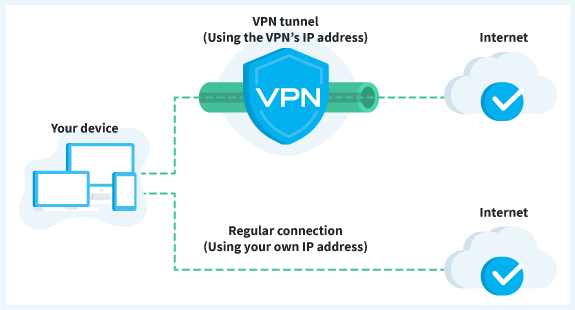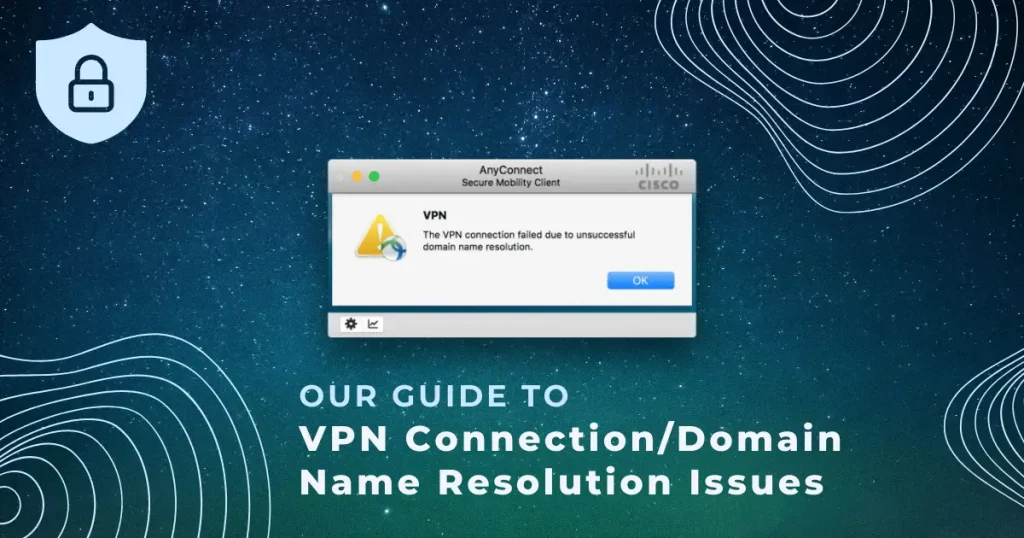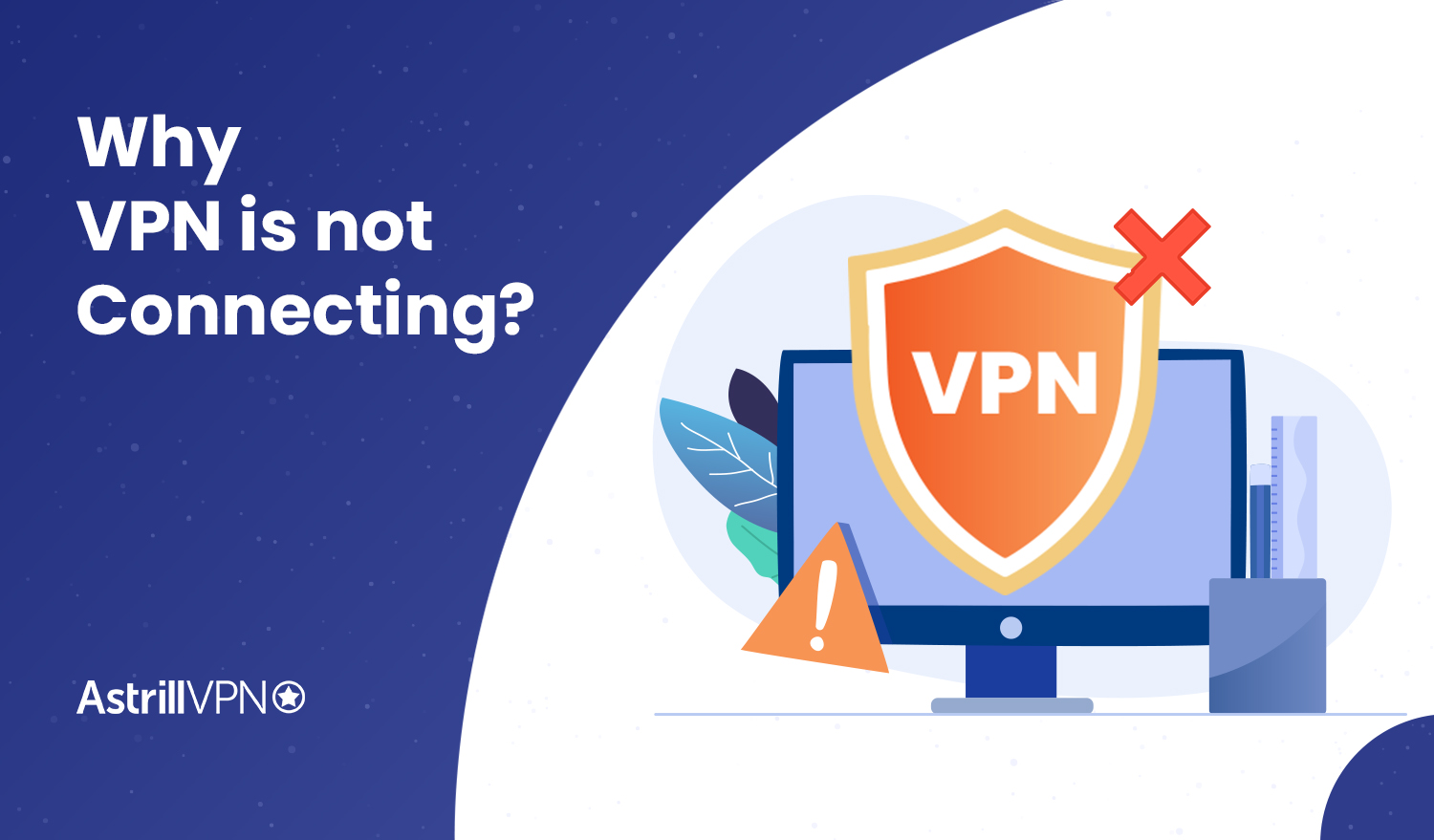Featured
Table of Contents
Troubleshooting Tough Vpn Problems - Strongvpn

The Routing and Remote Access snap-in lives within the Microsoft Management Console, called the MMC. There are multiple ways to access the MMC. You can select the console from the Start menu's Programs alternatives, within the Administrative Tools folder within Windows server's Control Panel or by typing mmc at a command timely.
As Tech, Republic's Brandon Vigliarolo shows within his video at the start of this short article, the Providers console displays the status of the Routing and Remote Access entry. From within the Providers console and with the Routing and Remote Gain access to entry highlighted, you can click Start the Service or right-click the entry and choose Restart.
Sometimes the VPN customer and VPN server are set to using different authentication techniques. Confirm whether an authentication mistake is the issue by opening the server console. Another method of accessing the MMC is to type Control+R to open a command timely in which you can type mmc and hit Go into or click OK.
If the entry isn't present, click File, select Add/Remove Snap-in, choose the Routing and Remote Gain access to alternative from the choices and click Add, then OK. With the Routing and Remote Gain access to snap-in included, right-click on the VPN server and click Properties. Then, examine the Security tab to confirm the authentication method.
How To Fix A Vpn That's Not Connecting
Make sure the VPN client is set to the authentication approach specified within the Security tab. Typically the products just examined are accountable for the majority of VPN connection refusal mistakes. Other principles should be right, too. For example, if the Windows Server hosting the VPN hasn't joined the Windows domain, the server will be not able to confirm logins.
Each Web-based VPN connection generally utilizes two various IP addresses for the VPN client computer system. This is the IP address that's utilized to establish the preliminary TCP/IP connection to the VPN server over the Web.

This IP address typically possesses the very same subnet as the local network and therefore allows the client to interact with the local network. When you established the VPN server, you need to set up a DHCP server to assign addresses to customers, or you can produce a bank of IP addresses to designate to customers directly from the VPN server.


If this option is picked and the efficient remote gain access to policy is set to permit remote access, the user will be able to connect to the VPN. I have been not able to re-create the scenario personally, I have actually heard rumors that a bug exists in older Windows servers that can trigger the connection to be accepted even if the reliable remote gain access to policy is set to deny a user's connection.
Vpn Connectivity And Troubleshooting Guide
Another common VPN problem is that a connection is effectively established however the remote user is not able to access the network beyond the VPN server. Without a doubt, the most typical cause of this problem is that authorization hasn't been given for the user to access the whole network. To allow a user to access the entire network, go to the Routing and Remote Access console and right-click on the VPN server that's having the problem.
At the top of the IP tab is an Enable IP Routing check box. If this check box is made it possible for, VPN users will have the ability to access the remainder of the network, assuming network firewalls and security-as-a-service settings permit. If the checkbox is not selected, these users will have the ability to gain access to just the VPN server, however nothing beyond.
For example, if a user is calling straight into the VPN server, it's typically best to set up a static route in between the client and the server. You can configure a static path by going to the Dial In tab of the user's homes sheet in Active Directory Users and Computers and choosing the Apply A Static Route check box.
Click the Add Route button and after that get in the location IP address and network mask in the space provided. The metric must be left at 1. If you're utilizing a DHCP server to assign IP addresses to clients, there are a number of other issues that could trigger users not to be able to exceed the VPN server.
7 Common Vpn Security Risks: The Not-so-good, The Bad, ...
If the DHCP server assigns the user an IP address that is already in use somewhere else on the network, Windows will discover the conflict and avoid the user from accessing the rest of the network. Another typical problem is the user not receiving an address at all. The majority of the time, if the DHCP server can't designate the user an IP address, the connection will not make it this far.
254.x. x variety. If the customer is appointed an address in a range that's not present within the system's routing tables, the user will be unable to navigate the network beyond the VPN server. Other problems can contribute to this problem, too. Ensure the resources the user is trying to access are in fact on the network to which the user is connecting.
A VPN connection to the other subnet might, in reality, be required. A firewall or security as a service option might likewise be to blame, so don't forget to examine those solutions' settings, if such components are present between the VPN server and the resources the user looks for to reach.
The first possibility is that a person or more of the routers involved is carrying out IP package filtering. IP packet filtering might prevent IP tunnel traffic. I recommend inspecting the customer, the server and any makers in between for IP package filters. You can do this by clicking the Advanced button on each maker's TCP/IP Characteristics sheet, choosing the Options tab from the Advanced TCP/IP Settings Residence sheet, picking TCP/IP Filtering and clicking the Characteristics button.
Latest Posts
Best Business Vpn In 2023 [Ranked & Reviewed]
Best Business Vpn Options In 2023 [Keeping Smb Data ...
Best Remote Access Vpn In Usa To Work From Home